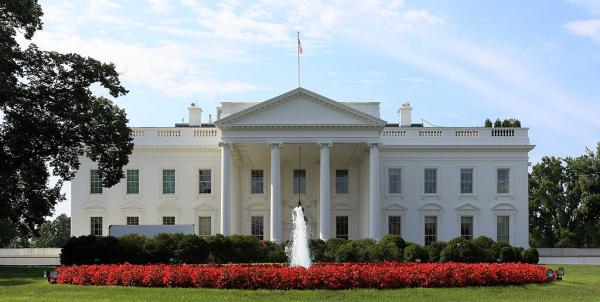The drug is currently in a series of Phase 1 blending into Phase 2 studies. There are no published reports in the literature, and all my information comes from Regeneron's statements to investors two or three days before it was given to the President.
The drug is a combination of two designer antibodies that attach and "disable" the spike proteins associated specifically with COVID-19, resulting in a reduction of viral load, and at least in "non-human" primates, less lung damage. The underlying treatment concept is a more "industrialized" form of convalescent plasma. Rather than identify recovering patients and "milking them" for antibodies, these antibodies have been created in the laboratory. They act in a non-competing manner, meaning they attach to their target without interference from other antibodies that might dilute their effect. Developing these designer antibodies means that we can produce them in large quantities, making them a more readily available drug for the population at risk.
The drug has been tested on 275 individuals. The President is an orange in this study of apples in that the study group is primarily Hispanic (56%) or African American (13%), with an average age of 44. He is an apple because 40% of the patients were obese; the term used for the President is having "metabolic syndrome;" The treatment focuses on outpatients who have mild symptoms. The hope is to alter the course of the disease, lessen its effects. There is an additional study moving forward using this drug for hospitalized patients, but there is no information available at all on those outcomes.
The drug appears to be safe, with few (1.5%) adverse reactions to the infusion in both the placebo and treatment arms and two "serious adverse" effects in two placebo and one treatment patient. What is meant by such an event is unclear. The category includes deaths (of which there have been none in this study), life-threatening events such as anaphylactic reaction to the medication, hospitalization (not reported to have occurred), or incapacity or disruption of a patient's everyday life functions. That last criterion leaves some judgmental wiggle room. But overall, for a very small sample size, the drug, as I said, appears to be safe.
The study characterized the patients as seronegative, not producing antibodies on their own, or seropositive, producing antibodies to COVID-19. In seropositive patients, viral load was lower at baseline, and their disease was milder. Those titers continued to drop rapidly with a median time to becoming asymptomatic of 7 days. Seronegative patients had higher baseline viral loads and "recovered" at a median of 13 days. These were in the placebo arm and reflected the natural history of COVID-19 in this group of patients.
We do not know the President's antibody status, so here are the findings.
In seronegative patients
- The viral load was rapidly reduced. More so in the patients receiving the higher dose that the President received
- The median time to recovery, meaning becoming asymptomatic, was reduced to 8 days in the high dose and six days in the low dose groups
Irrespective of serologic status, the medication reduced viral load. In the group with the largest viral load at baseline, Regn-COV2 reduced viral load by nearly 100% compared to placebo
The antibody "cocktail" appears, at least for outpatients, to reduce the length and severity of their illness, putting it into the Tami-flu category of impact. Given a lack of therapeutic options, that is good.
The medication's other noted effect is that it reduced "medically-attended" visits to the Emergency Department, hospital, doctor's office, or tele-visits. Most of these visits (10 out of 12) were in the seronegative cohort, involving 15% of the placebo arm, 8% of patients treated with a high dose, and 5% of patients treated with a low dose.
I believe it is fair to say that the President was transferred to Walter Reed for two reasons. First, the disease course can change rapidly; close monitoring is essential. But the White House has a full-time physician and a well-stocked Emergency Department; if the President took a sudden turn, it could be handled. Second, there is a problem of optics; a med-evac of the President sends wrong signals both to the international and national community.




